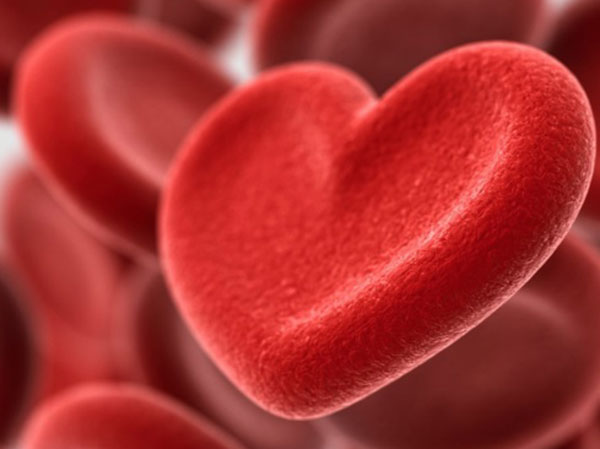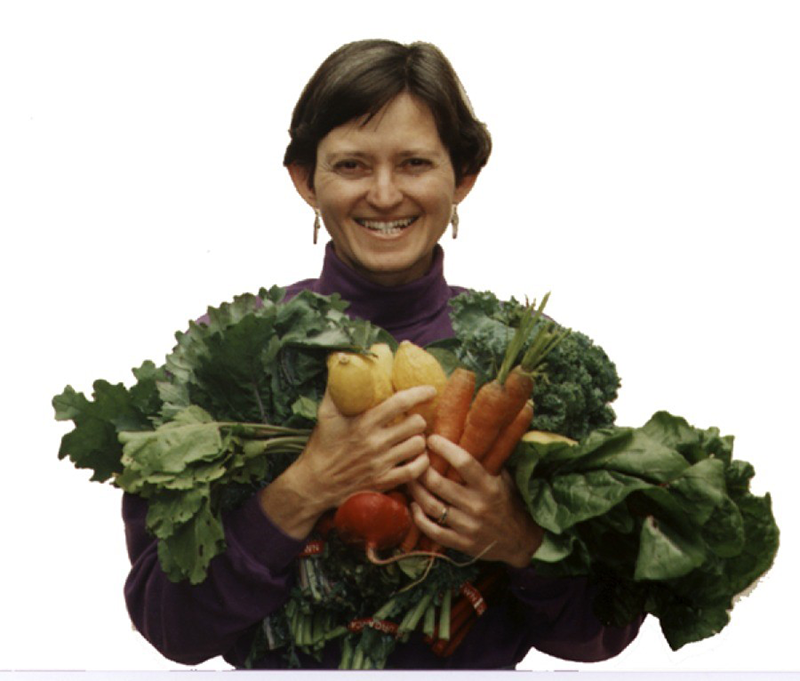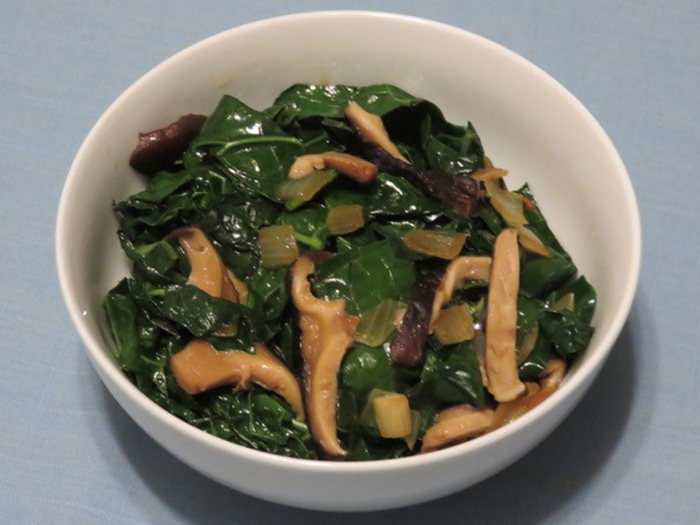

As February is American Heart Month, we want to take some time to focus on your hardest working organ, your heart.
Sudden heart attack and stroke, as a result of cardio-vascular disease (CVD), causes 20% of all deaths and is the #1 cause of death in the United States.
More women die of heart disease (1 of 3) than of breast cancer (1 of 31). One fifth of all CVD deaths occur in people under age 65.
Cholesterol is not the killer we were led to believe by the medical establishment and the processed food industry. Cholesterol is needed to produce sex hormones, manage stress, strengthen cell membranes everywhere in the body and insulate nerve and brain cells.
The real cause of heart disease and stroke is sugar, refined carbohydrates, and industrialized oils i.e., processed foods. Add sedentary lifestyles, exposure to toxins, and poor sleep habits and you have a recipe for cardio-vascular disease.
Changing your diet can help you repair cellular damage and improve your energy, mood, detoxification, and sleep quality.
- Would you like to maintain an active lifestyle into your 50s, 60s, 70s, and beyond?
- Have you heard confusing information about “good” and “bad” cholesterol?
- Are you confused about foods like eggs and butter?
- Did you know that heart disease is the leading cause of death in women?
- Would you like to optimize your heart health because of genetic risk factors?
If you’ve answered, “yes” to any of the questions above, we invite you to join Laura Knoff, B.Sc., Nutrition Consultant and instructor in our Nutrition Consultant Online Program, for an informative webinar to learn about how food and lifestyle choices affect your heart health.
During the live webinar, Laura will discuss:
- Known causes of heart disease – smoking, stress, inactivity, poor diet and more.
- Environmental and lifestyle habits that promote cardiovascular disease – air pollution, heavy metals, persistent organic pollutants, pesticides, drugs, lack of sleep, and overeating.
- Cholesterol and saturated fat – why we need these for optimal health.
- Foods that support heart health – including foods you would not expect
- Managing stress – How we deal with stressors affects our heart function and ability for repair, and how to manage stress to support blood pressure and cardiovascular health.
- Movement and circulation – move it or lose it!
- “Food like substances” to avoid – the usual suspects: industrialized processed foods, sodas, junk foods, fried foods.
While you’re waiting for the webinar, try Laura’s recipe for Fantastic Greens below.
Also, you can learn more about Laura and our other amazing instructors by visiting our faculty page.
Laura’s Fantastic Greens

Use dinosaur, Russian or curly kale, collards, mustard greens, or cabbage, keeping in mind that many greens quickly cook down to about 1/2 to 1/3 of their original raw volume.
Dark leafy greens contain nitrites that are converted to nitric oxide, which relaxes blood vessels and regulates blood pressure. The fiber they contain helps manage cholesterol naturally. Garlic, ginger, and lemon reduce damage from toxins and supports repair of blood vessel linings.
INGREDIENTS
- 1 bunch of kale, collards, mustard greens, or cabbage
- 2-3 Tbsp. sesame oil or olive oil
- 3 cloves garlic, minced
- 1 inch of fresh ginger, peeled and minced
- 1/2-1 cup sliced mushrooms (fresh shiitake is especially good)
- 1/2 cup vegetable stock, bone broth, or water
- 1 Tbsp. tamari soy sauce (wheat free if necessary to avoid gluten)
- 1 large pot with a lid
- Juice of 1 lemon (optional)
INSTRUCTIONS
- Wash the greens and remove stems.
- Chop or tear into bite size pieces. If using collard greens, slice into thin strips (1/2 inch or thinner).
- Mince the garlic and ginger.
- Clean and slice the mushrooms.
- Heat the pan to medium. Add the oil to lightly coat pan.
- Sauté the garlic, ginger, and mushrooms until soft.
- Add the greens and stir quickly until all become bright green.
- Mix stock or water with soy sauce; add to the greens and cover.
- Let cook for 10 – 20 minutes – until the desired tenderness is achieved and most, but not all, of the liquid is gone.
NOTE: For better mineral availability, garnish with 1 tsp. lemon juice or vinegar.
Have Work You Love
Get the details on how to become a Holistic Chef or Nutrition Consultant through Bauman College’s ONLINE programs! Contact us to connect with an Admissions Representative today.